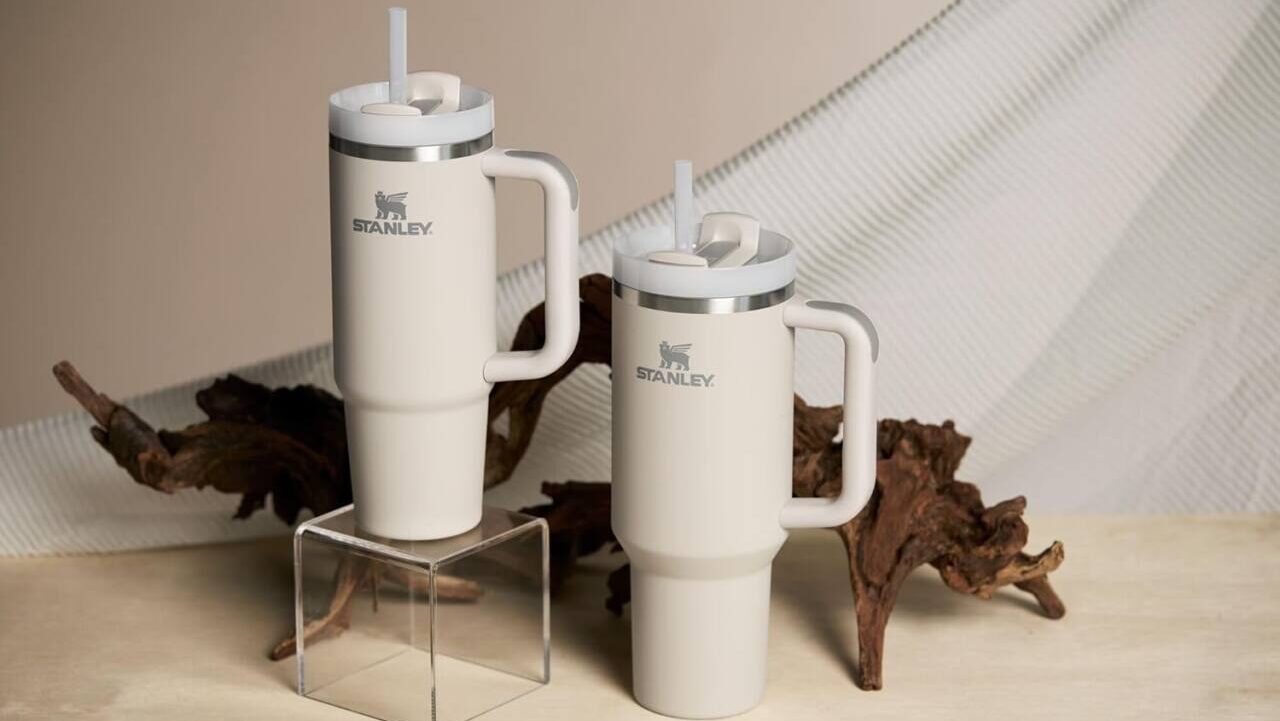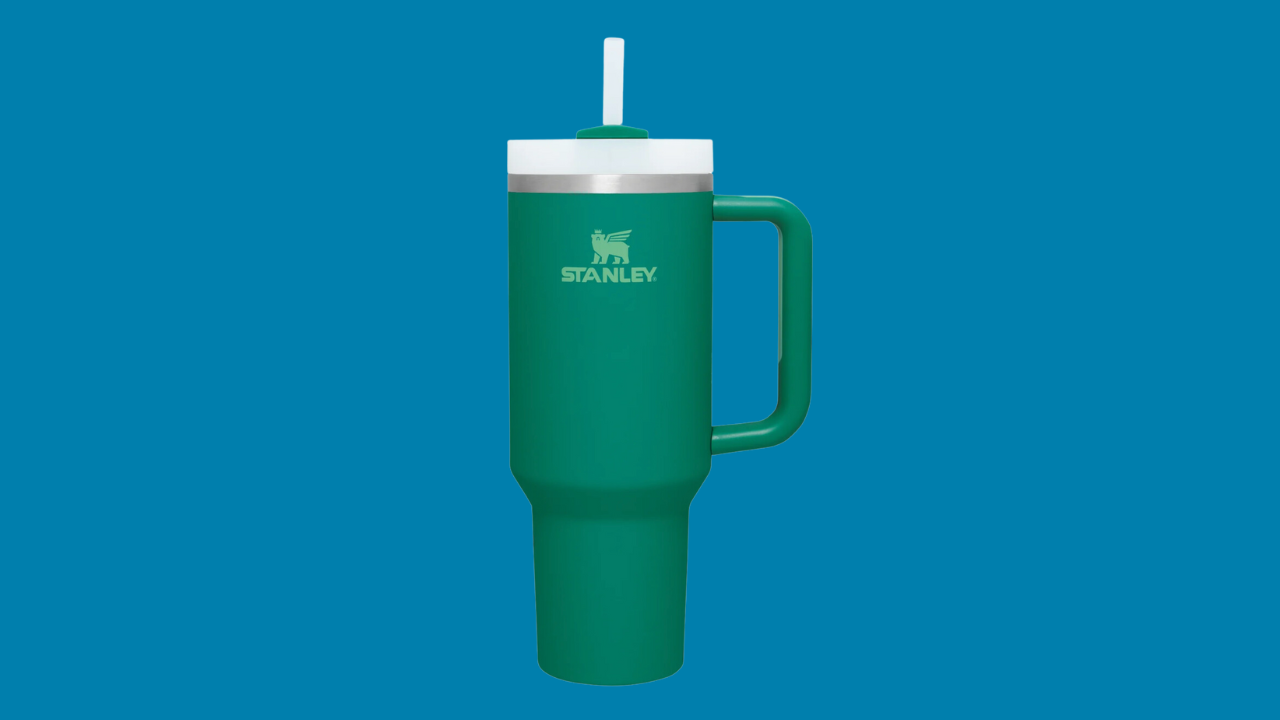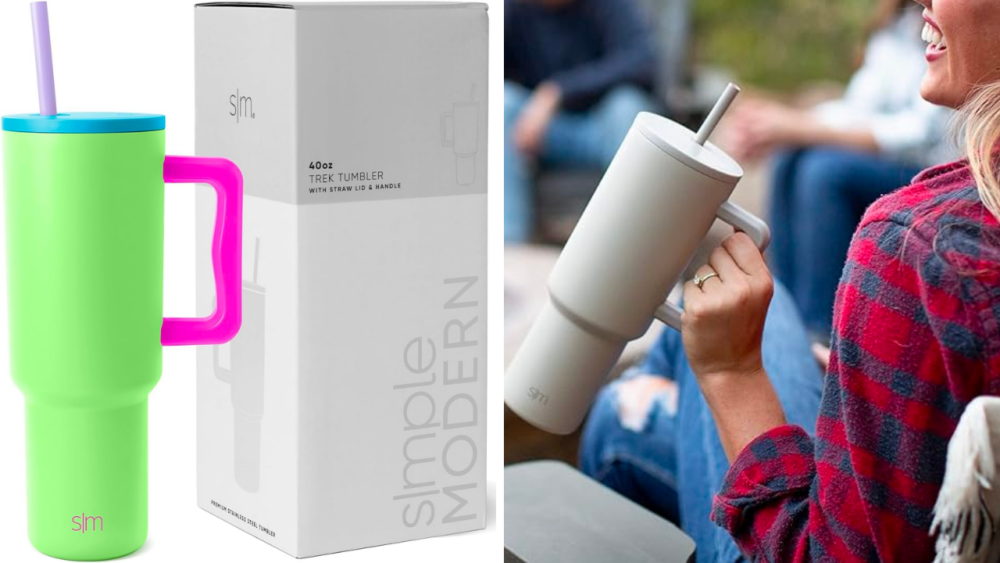How to clean your Stanley cup to avoid mold

The products and services mentioned below were selected independent of sales and advertising. However, Simplemost may receive a small commission from the purchase of any products or services through an affiliate link to the retailer's website.
Right now, no one seems to be able to stop talking about Stanley cups. From a fist fight in Target to a “Saturday Night Live” sketch, the oversized water bottles are everywhere. What doesn’t seem to be everywhere, though, is how to clean a Stanley cup.
While sure, the cups are famously made of stainless steel, they’re not free of needing to be cleaned. In fact, reports have surfaced on TikTok that mold can form in a Stanley cup. Needless to say, that’s enough to concern people. But you don’t need to be. To keep mold out of a Stanley, you just need to know the popular way to clean it, and it turns out, you’ve got a couple of options.
Rice and White Vinegar
According to the brand itself, rice and white vinegar are good options for cleaning. However
- Add ¼ cup of uncooked rice to the flask.
- Pour in three ounces of distilled white vinegar
- Seal your cup and shake for a minute.
- Let the mixture stand for 5 to ten minutes.
- Shake again for 1-2 minutes.
- Empty the flask and rinse it completely with warm water.
- Keep it open until it’s fully dry.
With this method, however, if you have a Quencher or other version with a straw and lid piece, you’ll want to disassemble them and hand clean them with soap and water to be especially thorough.
MORE: Customize your own Stanley cup for just $10
Dishwasher
According to Stanley, its products are dishwasher-safe. Placing your cup in the dishwasher is arguably the easiest method. However, before you shove that cup in the dishwasher, you should know that hand washing is still recommending. While your Stanley can hold up in the dishwasher, there is a slight risk of damage to its pretty outer paint. If you are going wash a Stanley in the dishwasher, here are the protocols to follow:
- Remove all of the parts, including the lid, the silicone mouthpiece and straw.
- Place all the parts and the cup itself in the top rack of the dishwasher to avoid heat damage. (The heating element in most dishwashers comes from the bottom and can reach temperatures ranging from 105°F to 155°F.)
- After the dishwasher has completed its cycle, use a bottle brush or straw brush to scrub all the components with clean, lukewarm water.
- Allow all the components to dry completely before reassembling.
Dish Soap
Like we mentioned earlier, Stanley still recommends a good hand wash. Here’s how to do that.
- Remove the lid, squirt a teaspoon of dish soap (like Dawn) to the tumbler and fill with hot water.
- Using a bottle brush or microfiber cloth, scrub inside the walls of the cup.
- Let sit for a few minutes.
- Pour out the soapy water and rinse with warm water.
- Fill a bowl with hot, dish-soapy water and drop in the lid and the straw, with all components separated.
- Let soak for several minutes.
- Scrub the various components with a soft brush or dishcloth.
- Let dry completely before reassembling
How often should I clean my Stanley cup?
We hate to be the bearers of bad news, but you should be cleaning your Stanley cup after every use. The good bit of news, though, is that it doesn’t need a deep clean after each refill.
When you finish your daily water, simply wash your cup with a bit of dish soap and a non-abrasive sponge or cloth and let dry overnight. The next day you’re good to go. As for the straw and lid, you’ll want to do that a little less often but still frequently. Take apart the cup two or three times per week and thorough clean the straw and soft parts of the lid.
If you happen to see mold in your Stanley, you can use distilled white vinegar or hydrogen peroxide to disinfect. Spray a bit on the surfaces, allow it to sit for 10 minutes and then, rinse.
How do I prevent mold in my Stanley cup?
@skysayingthingsNOT THE MOLD 😭😭😭😭♬ original sound – SKYLAR ✨🩷
The way to prevent mold from forming in your Stanley cup is to stay on top of cleaning it after every use. While you’ve probably seen TikToks of scary-looking mold under lids, that has likely formed due to a lack of preventative care. If you don’t wash your cup, your cup might develop mold. It’s the hidden spots (like under the lids and inside the straw) that are more likely to end up with mold because they are not as visible, so be sure you’re thoroughly cleaning—not just giving a rinse.
If you’ve recently been freaked out by videos of mold in Stanley cups online, don’t be. All you need is a little elbow grease and a cleaning schedule, and your Stanley cup will stay clean and perfect for drinking.









